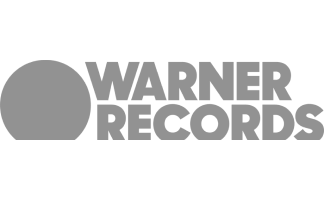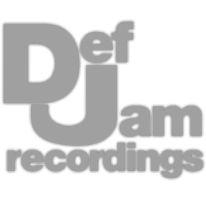Home Recording Academy: Your Guitar Rig versus Your Computer’s Rig
These days, there are tons of electric guitar modeling plugins for your recording software, most of which eliminate the need for any additional equipment other than your guitar and an instrument cable. For example, the popular plugin AmpliTube recreates the entire signal chain after it leaves your guitar, allowing you to add virtual stompboxes, choose your amp, choose your microphone and even control mic placement. There are many other programs that offer the same or similar performance, and many DAW’s now come with guitar modeling software built in.
So this begs the question: Why would you still record an amp with a microphone when you can just plug directly into your computer? There are many recording purists that likely would shake their heads and walk away quickly if they heard someone ask that question, but in truth there are advantages to both.
Advantages and Disadvantages of Using Guitar Modeling Plugins

The biggest advantage for most is exactly what is described in the above paragraphs. When using modelers, you have the ability to manipulate your guitar’s sound to almost anything you want it to be. However, this can quickly become a disadvantage when the sheer number of options available means players begin putting way too many effects on each track, leading to a sound that often doesn’t fit well into a mix.
Another advantage of modelers is that you don’t have to get your tone perfect before you start recording. By their nature, the modelers allow you to tweak your effects before, during and after recording. When you finish recording all tracks, it’s unfortunately common to realize that the guitar tone you chose doesn’t fit the song very well. With a modeler you can go in and change the sound to how you want it, but if you had recorded a miked amp, you’d likely have to re-record the part.
Advantages and Disadvantages of Recording an Amp
Let’s focus on one of those words used above: “tone.” Many guitarists spend years getting the perfect tone (which doesn’t exist, by the way). This can include not only the guitar and amp combo, but also effect stompboxes, rack effects and more. Even the order of all the effects is important.
So when laying down guitar tracks on a recording, do you think these guys are going to give up that hard-fought tone? Absolutely not.
Guitar modeling programs have gotten great at reproducing tones in recent years as technology has improved, but they can never completely accurately represent the subtleties and nuances that make a guitar rig great. That’s only going to be achieved by a real guitar going through real circuits and an amp putting out not only sound but moving air around in the studio. This can be imitated very well, but will never be replaced.
As with almost everything in recording, neither of these is better, they are just different and are suited for different types of artists and engineers. Today, many prefer to use a combination of digital and analog guitar tracks in songs. If you split your signal you can even record both versions for an even wider array of sound possibilities, so try to keep an open mind, no matter which guitar recording method you prefer.




